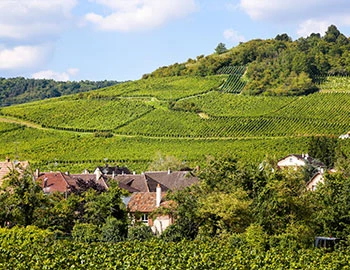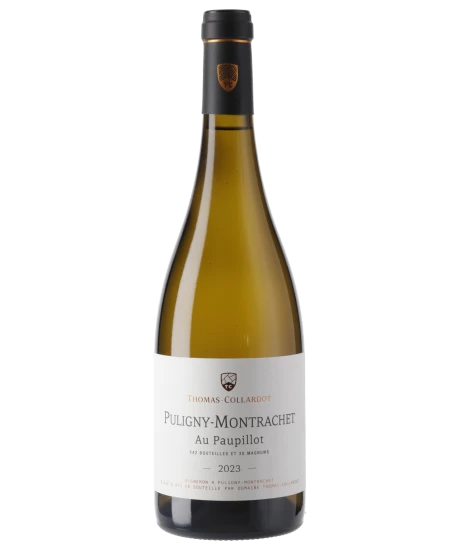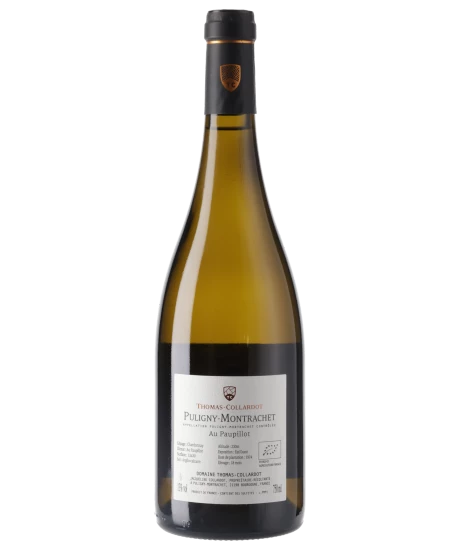Puligny-Montrachet, Au Paupillot 2023
AC, Domaine Thomas-Collardot, 750 ml

Freshness boost
- Paupillot: Grown on poor soil, shaped with sensitivity. Fresh, expressive, typical Puligny.
- Fresh on the nose, juicy and lively on the palate, with a salty kick on the finish.
- Pairs well with fish, seafood, delicate vegetable dishes – and for anyone who likes freshness in a glass.
Description
A small stream flows beneath the Au Paupillot vineyard. The combination of underground water supply, optimal sunlight and precise work in the vineyard produces a Puligny that impresses with its freshness and expression. This is not a loud wine, but one with depth and character. The nose is fresh, with delicate fruit notes and a hint of minerality. Lively, juicy and expressive on the palate – with ripe fruit and a salty, mineral finish. Perfect with delicate fish dishes, scallops au gratin or sophisticated vegetable cuisine. For all those who love Burgundy wines with a clear structure and salty freshness.
Attributes
| Grape variety: | Chardonnay |
| Producer: | Domaine Thomas Collardot |
| Origin: | France / Bourgogne / Côte de Beaune |
| Label: | Certified organic or biodynamic wine |
| Drinking temperature: | 10 to 12 °C |
| Volume: | 13.0 % |
| Note: | Contains sulphites |
Domaine Thomas Collardot
A hidden treasure from Puligny-Montrachet
Domaine Thomas-Collardot is a small, family-run winery with 2.5 hectares of vineyards in the heart of Puligny-Montrachet – one of the most renowned wine-growing areas in the Côte de Beaune in Burgundy. Since 2010, Jacqueline Collardot has been running the winery with passion and respect, continuing a precious family tradition.
The vineyards have been in the family for three generations and were managed by Jacqueline's father, Pierre Thomas, until 1992. After years of leasing them to his cousins, Jacqueline took over responsibility – a conscious step back to her roots, which she lives with dedication. In 2015, she launched her first wine, and since 2018, her son Matthieu has been working with her to continue the family history. For Jacqueline and Matthieu, winemaking is more than a profession – it is a legacy that preserves the soul of their vineyards from generation to generation.

Chardonnay
King or beggar?
Hardly any variety of vine shows such a broad spectrum of quality as the Chardonnay. Its wines range from faceless neutrality to breath-taking class. It is an extremely low-maintenance vine, which explains why it is grown around the world – even in places where it probably should not be. The aromas of the Chardonnay variety are not very pronounced: a bit of green apple, a little hazelnut; in warmer latitudes, also melon and exotic fruits. The wines are often defined by maturing in casks. They develop more or less subtle notes of butter, toasted bread and vanilla. The grapes achieve their highest expression in their region of origin, Burgundy. Its heart beats in the Côte de Beaune: one might think of the plant growth of Meursault or Puligny-Montrachet. With their finesse and complexity, they can survive for decades. Chardonnay also achieves first class in some Blanc-de-Blancs champagnes. It additionally yields great wines in the Burgundian Chablis, and increasingly in Australia and Chile. A simple rule of thumb for pairing with food: When butter and cream are involved, you cannot go wrong with Chardonnay.
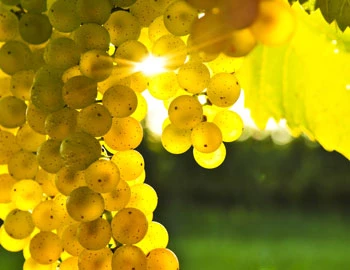
Côte de Beaune
Côte de Beaune: guarantor of elegance
The city of Beaune is the cultural and economic centre of Burgundy. The prestigious vineyard sites, stretching in a band from Santenay (located about 20 kilometres south of Beaune) to the village of Aloxe-Corton (five kilometres north of Beaune), form the Côte de Beaune. Legendary, uniquely expressive crus originate here. In fact, the most prestigious Chardonnay growths in the world are produced around Chassagne-Montrachet, Puligny-Montrachet and Meursault.

Bourgogne
Burgundy: home of the crus
Burgundy and Bordeaux are France’s most prestigious wine regions. Nonetheless, they are completely distinct in character: while Bordeaux, as the land of the chateaux, enjoys an aristocratic image, Burgundy has retained its rustic agrarian structure. Burgundy stretches for over 200 kilometres, from Dijon in the north to Lyon in the south. In a highly complex jigsaw of the most diverse of terroirs, Chardonnay and Pinot Noir demonstrate the subtle ways in which they embody their sources.
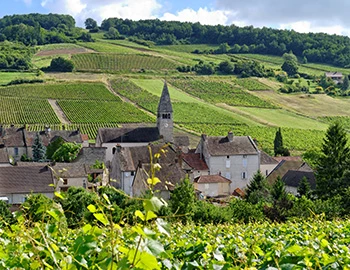
France
France – Philosophy in a bottle
According to French philosophy, wine should be an expression of the soil and climate. They use the word “terroir” to describe this. Terroir makes every wine different, and many especially good. French wine is regarded worldwide as an expression of cultural perfection. The French believe that humans are responsible for the quality of the berries, the vine variety for their character, and nature for the quantity. This philosophy can be expressed succinctly as: “the truth is the vineyard, not the man.”
